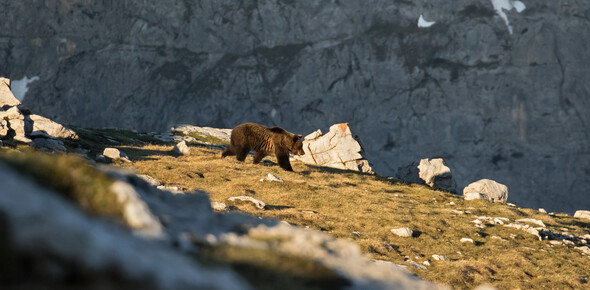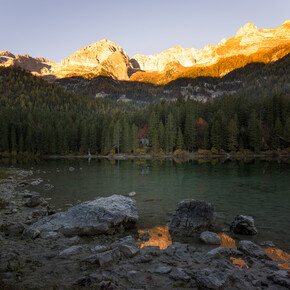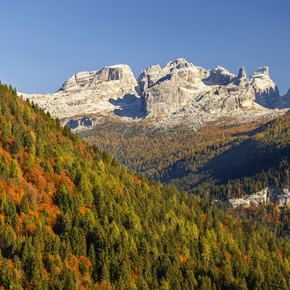Bears in Trentino
Questions and answers to learn more about them
In the late 1990s, in order to save a small nucleus of surviving brown bears from their apparently inevitable extinction, the Adamello-Brenta Nature Park along with the Autonomous Province of Trento and ISPRA (the Italian national Environmental Protection Institute) used funding from the European Union to launch the Life Ursus project. The aim was to restore a viable nucleus of bears in the Central Alps by releasing a number of individuals taken from Slovenia.
The project began in 1999, with the release of the first two bears: Masun and Kirka Between 2000 and 2002, 8 more bears were released, making a total of 10. The project, which wound up in 2004, brought the number of bears now in Trentino to over 100.
The presence of bears has raised many questions about how to behave in the event of a close encounter with one of these enormous beasts. We have replied to the most frequently asked questions below.



